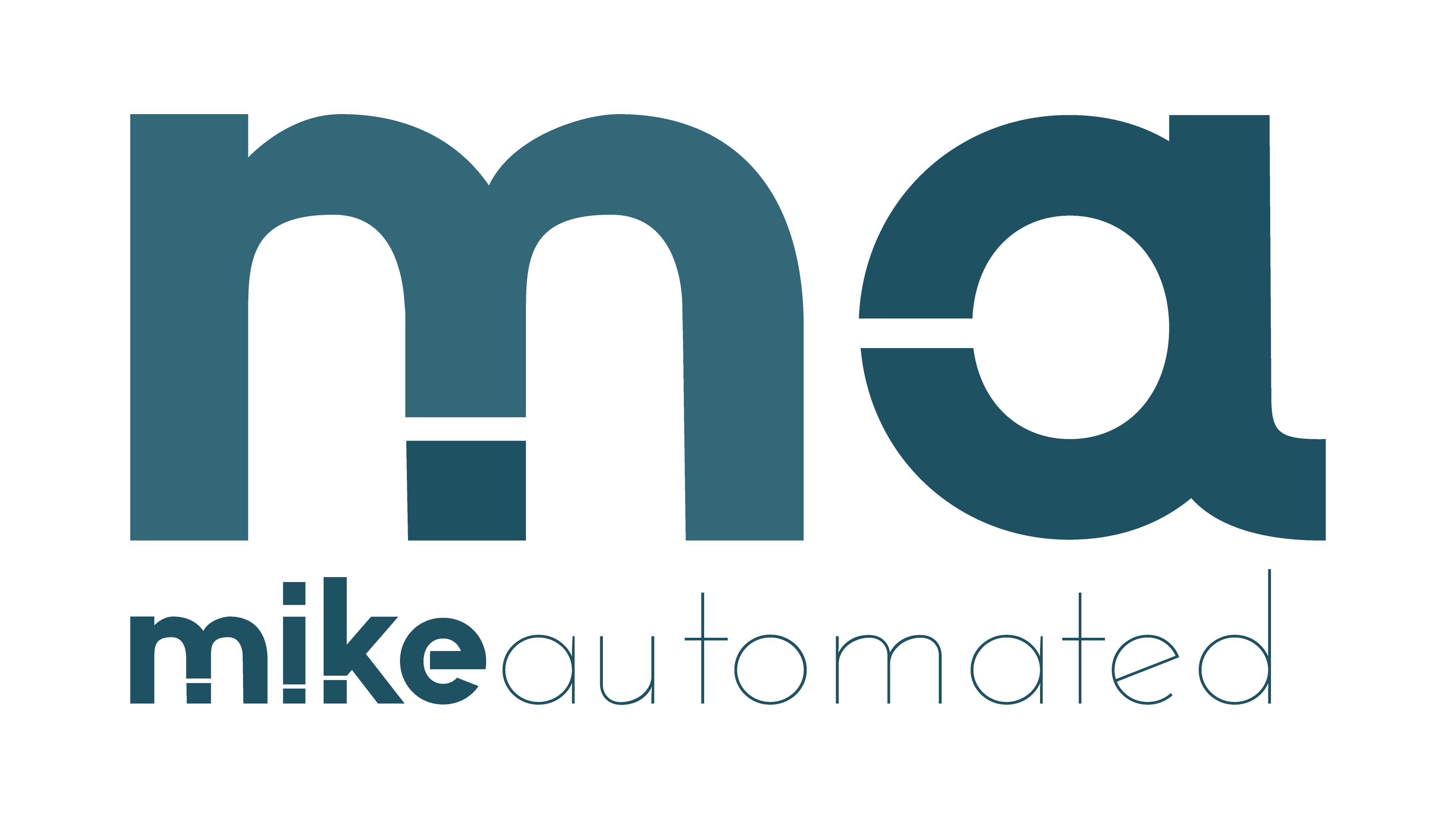The Cost of Doing Nothing With AI: Why Delaying Adoption Might Be Your Biggest Business Risk
In today’s evolving digital landscape, the decision to hesitate on AI adoption is not just about missed opportunities—it’s about incurring escalating costs. Business owners, marketing directors, and operations leaders frequently ask: What happens if I delay AI adoption? This article cuts through the noise and provides a clear, actionable framework, illustrating that doing nothing is itself a costly decision. Leveraging real-world examples, hard-hitting logic, and actionable insights, we reveal how the strategic integration of AI can drive efficiency, foster innovation, and ultimately secure competitive advantage.
Identifying the Hidden Costs of Inaction
The most profound truth is that inaction has a tangible price tag. When businesses delay AI adoption, the cost is not only measured in missed revenue but also in long-term competitive disadvantage. Think of the business landscape as a rapidly flowing river. Companies that integrate AI effectively are like skilled paddlers riding the current, navigating obstacles with ease, while those who lag behind are quickly swept away by competitors who have harnessed the current to fuel growth.
Without AI, businesses may find themselves stuck in traditional, inefficient processes, struggling to keep pace in the age of automation. Every minute spent deliberating rather than acting is another minute lost while competitors automate their customer service, optimize their supply chains, and personalize their marketing—with resulting leaps in profit margins and customer satisfaction.
Real-World Logic: The Domino Effect of Delay
To illustrate the domino effect, consider the example of a mid-size retailer. In 2018, many retailers were faced with the decision to either invest in AI-driven inventory management or stick with legacy systems. Those who hesitated continued with manual forecasting, leading to overstock, stockouts, and eventual customer dissatisfaction. Meanwhile, early adopters harnessed AI algorithms to predict trends and manage inventory more accurately. Over time, the cost burden of outdated systems became apparent as profit margins shrank and operational inefficiencies magnified.
Similar patterns appear across industries. Imagine a B2B service provider delaying AI-powered lead scoring. In the interim, competitors begin using sophisticated algorithms to identify high-quality prospects, tailing their marketing strategies to maximize ROI. The delayed company not only misses out on these leads but also bears the sunk costs of manually sifting through data without hope of matching the efficiency of AI-powered insights.
The Risk of Automation Myopia
Delaying AI adoption can also lead to a narrow focus, often referred to as automation myopia—the tendency to ignore broader strategic opportunities in favor of short-term comfort. When companies are content with traditional methods, they risk losing sight of the transformative potential that AI offers beyond merely automating tasks. AI can reshape business models, enable new product lines, and even redefine market boundaries. By hesitating, businesses put themselves in a position where they’re not just lagging behind; they become invisible to a rapidly innovating market.
Feel the pressure: each competitor that integrates AI-enhanced automation may cut costs, optimize production, and deliver superior user experiences, leaving behind a trail of companies confined by legacy operations. The real risk is not the investment required for AI but the high cost associated with complacency.
Actionable Framework for Embracing AI Today
Understanding the risks of inaction is merely the first step. Transforming this insight into a strategy requires clarity and decisive action. Consider the following framework, a step-by-step guide to expedite your AI transformation:
- Assess and Audit: Start by evaluating your current processes. Identify areas where repetitive tasks or data-rich environments exist—these are prime targets for AI intervention.
- Set Clear Objectives: Define measurable goals that align with your broader business strategy. Whether it’s reducing operational costs, personalizing customer engagement, or optimizing supply chains, clarity offers direction.
- Pilot and Learn: Implement small-scale pilots to test AI applications. Measure results, gather feedback, and fine-tune your approach.
- Scale and Integrate: Leverage successful pilots to expand AI integration across departments. Ensure seamless integration with existing workflows to maximize impact.
- Invest in Talent: AI is as much about technology as it is about people. Invest in training your staff or hiring experts who can strengthen your AI literacy and drive continuous innovation.
For example, MikeAutomated, a leader in AI and automation consulting, has guided numerous businesses through this transition. By understanding their unique challenges and aligning AI integration with strategic goals, they have shown that an incremental approach can yield exponential benefits.
Real Benefits: From Efficiency to Innovation
Beyond cost savings, AI offers a shift in mindset that unlocks potential across all facets of business strategy. Consider customer engagement—automated data analysis and personalized recommendations can drive satisfaction and loyalty. In operations, predictive analytics preempt supply chain disruptions, ensuring smoother production cycles. The result is not just improved efficiency, but the freeing up of resources that can be redirected toward innovative projects and strategic initiatives.
Another critical advantage is the speed of adaptation. AI systems are designed to learn and evolve, meaning that what starts as a tool for efficiency can grow into an engine for continuous improvement. This is the antithesis of stagnation—a business that embraces AI remains agile, responsive, and primed to seize new opportunities as they emerge.
The Competitive Imperative
Perhaps the most compelling reason to act is the competitive imperative. In a market where digital transformation is not a future trend but a current reality, delayed AI adoption is akin to an open invitation to be outmaneuvered by more forward-thinking competitors. The notion of “cost” must be reframed: while investments in AI are tangible expenses, the real cost is the erosion of market position, customer attrition, and the gradual sinking of obsolete processes.
Imagine a scenario where every competitor is stepping up their digital game. Isolated, a hesitant company may try to patch up gaps with temporary fixes or intermittent ad-hoc processes. But this reactive approach, while it may stave off short-term threats, rarely forms a sustainable long-term strategy. The winners in the digital era are those who have fully woven AI into the fabric of their operations—transforming business disruption into business opportunity.
Short “Aha” Takeaways: Shifting Perspectives
1. Every moment spent hesitating on AI adoption is a hidden cost: money lost, efficiency wasted, and market relevance diminished.
2. AI isn’t just about automation—it’s a strategic lever that redefines business competitiveness and fosters innovation.
3. Implementing AI in manageable, iterative steps builds both confidence and capability, ultimately transforming risk into opportunity.
Final Thoughts: Turn Hesitation into Transformation
In conclusion, the cost of doing nothing with AI is steep. It’s not merely about lagging behind; it’s about missing out on a radical transformation that could secure your company’s future in an increasingly digital world. Embracing AI is an investment—not just in technology but in the continuity, efficiency, and growth of your business. By taking proactive steps now, you can navigate the complexities with clarity and build a resilient structure that is ready to face future challenges.
Remember, the future belongs to those who are prepared to innovate. Partner with experts like MikeAutomated to demystify the process and craft a strategy that turns the perceived risks into a strategic advantage. Your business deserves nothing less than the confidence of embracing the technologies that will define tomorrow’s successes.


